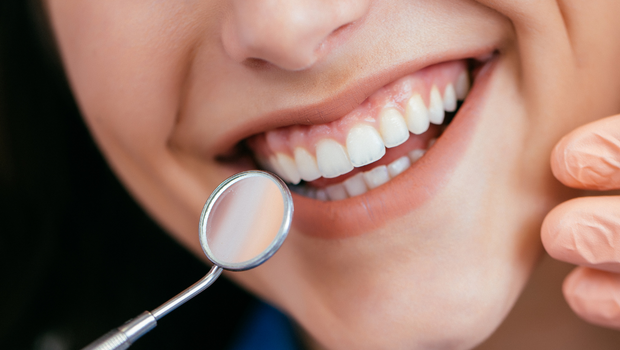Dental Allergies are Common
Allergies are more common than they used to be, but while food allergies seem to command the most attention, other kinds have been on the rise, too. Data from the World Health Organization, shows that the number of allergy sufferers rose from 3 percent to 30 percent between 1960 and 1995. In the 2013 study on Adult Health in Germany, nearly 20 percent of respondents reported an allergic disease during the last 12 months. The most common allergic diseases were hay fever (14.8 percent), bronchial asthma (8.6 percent) and contact dermatitis (8.1 percent). Allergic contact dermatitis has thus reached an alarming frequency similar to that of diabetes mellitus. The introduction of new materials into dentistry also increased the likelihood of an allergic intolerance reaction as a result of dental treatment. A 2018 study citing those statistics aimed to investigate those dental allergies.
Heavy Metals Top the List of Dental Allergens
Eighty-six patients, mostly female, took part in the study, all of whom had oral symptoms of a contact allergy. Information was collected about their general medical history, history of allergies, and objective symptoms. Each patient underwent an oral exam with close attention to changes in all tissues that came in contact with materials used for crowns, implants, dentures, and the like. Metals, including nickel, cobalt and mercury were found most apt to cause a reaction.
This study focused mainly on contact allergies, not systemic effects, although the other identified metals have those, too. Nickel, for instance, is extremely toxic. It’s known to contribute to oxidative damage, impaired kidney and liver function, reproductive problems and more. Nickel is used in stainless steel crowns, orthodontic brackets and retainers. Trace amounts have been found in titanium implants, as well. Other common dental materials found to cause reactions include components in some resins used to make dentures, local anesthetics, toothpastes, fluoride gels, nylon and even some ceramics.
Choosing Materials Wisely with Biocompatibility Testing
It is the dentist’s responsibility to choose which materials and combinations of materials to use. Detailed medical and dental history and material knowledge are crucial in preventing sensitization to individual material components and side effects. The appropriate material cannot be chosen by dentists and/or allergists alone, however, because both groups do not know all the component ingredients in dental materials and more importantly, which ingredients may actually be released in the oral cavity. The manufacturer’s safety data sheet does not usually show all ingredients in their dental materials.
Dentists can choose the appropriate materials when guided by biocompatibility testing. The gold standard Clifford test uses a small sample of blood to identify the brand-name materials that are most and least likely to cause a reaction. The test focuses on antibodies formed against 94 chemical groups, and screens for 16,000 individual dental products, considering not just the materials themselves, but byproducts they may release.
It is hard to overemphasize the importance of this testing and choosing dental materials carefully. In the case of restorations (fillings, inlays, onlays and crowns) and prosthetics (implants and dentures), the materials are in our mouth 24/7. There’s never any break from exposure.
True, there are some materials that are considered broadly biocompatible, like zirconia and some BPA-free composite resins. Still, no two people are exactly alike. Each of us is genetically different, with different environmental influences and health histories.
Dr. Vladimir Gashinsky is the founder of the Holistic Dental Center, located at 91 Millburn Ave., in Millburn. For appointments and more information, visit HolisticDentalCenterNJ.com.





























